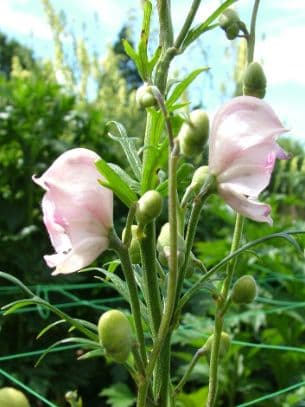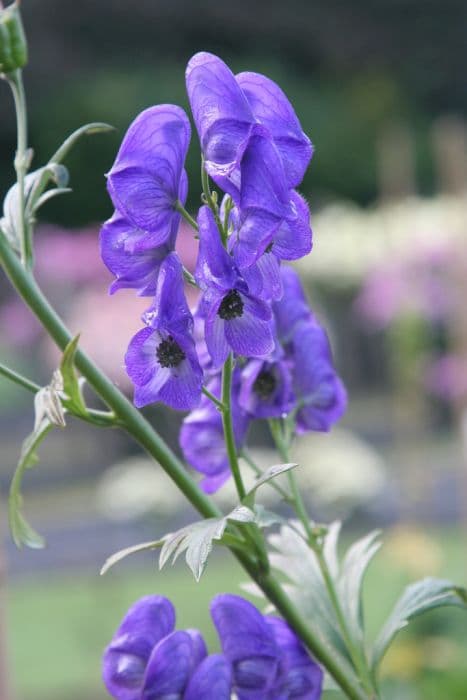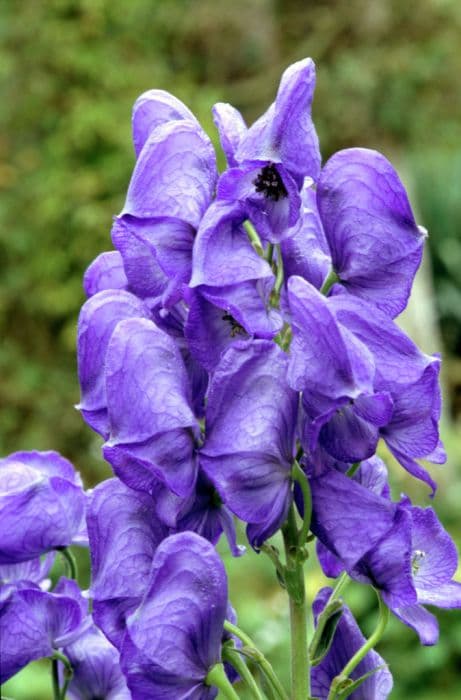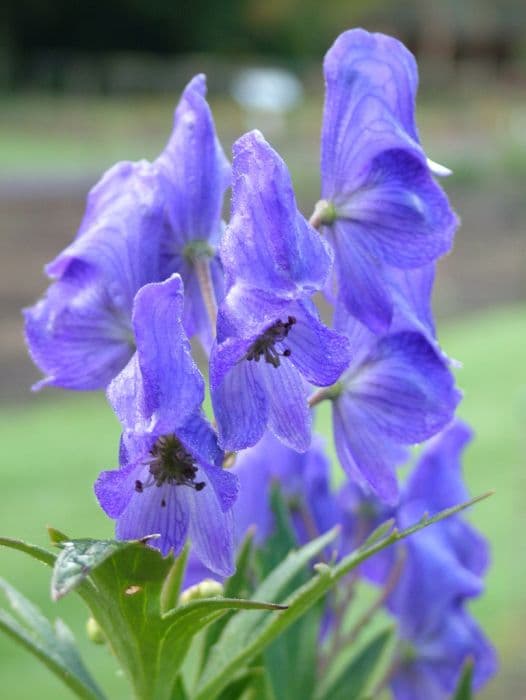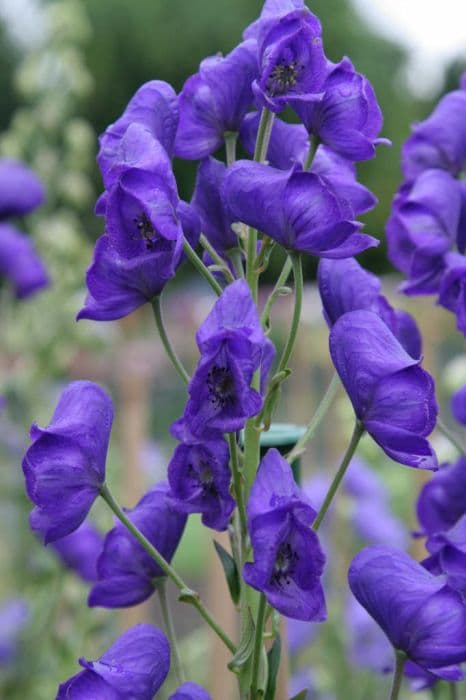Blue Poppy Anemone obtusiloba

ABOUT
The Himalayan thimbleweed is a perennial herbage notable for its lovely blooms and foliage. It typically bears a basal cluster of leaves structured in a rounded fashion. The leaves are deeply lobed, somewhat resembling the shape of a hand with spread fingers, featuring a lush green color that adds a vibrant touch to the plant's overall look. During its flowering season, the Himalayan thimbleweed produces a captivating display of flowers. Each blossom emerges on its individual slender stalk, standing gracefully above the foliage. These flowers come primarily in shades of white, blue, or pale pink, often with a multitude of contrasting yellow stamens at the center, creating a daisy-like appearance which provides a striking contrast with the green leaves. The petals tend to be obovate, meaning they are teardrop-shaped, with the narrow end at the base. The flowers of the Himalayan thimbleweed have a silky texture, adding to their delicate charm. After the blooming period, the plant produces achenes, which are dry fruits that do not open at maturity, encapsulating the seeds for the next generation. These fruiting bodies are equally interesting, providing a fluffy, cotton-like appearance which persists on the plant, giving it a prolonged period of visual interest even after the flowering season concludes. Overall, the Himalayan thimbleweed is a plant with a charming and delicate aesthetic that can contribute a soft, natural beauty to the environments it inhabits.
About this plant
 Names
NamesFamily
Ranunculaceae
Synonyms
Himalayan Thimbleweed, Soft Himalayan Anemone
Common names
Anemone obtusiloba var. iridifolia, Anemone obtusiloba var. obtusiloba, Anemone rupestris, Anemopaegma obtusilobum.
 Toxicity
ToxicityTo humans
Anemone obtusiloba, commonly known as the Himalayan thimbleweed, is considered toxic to humans if ingested. Anemone species contain toxic compounds, such as protoanemonin, which can cause severe irritation to the mucous membranes and gastrointestinal tract. Symptoms of poisoning can include nausea, vomiting, diarrhea, and abdominal pain. In severe cases, it can lead to respiratory complications, paralysis, and seizures. Contact with the skin can cause dermatitis, so handling the plant should be done with care as well.
To pets
Himalayan thimbleweed is toxic to pets, similar to its effects on humans. If ingested by pets, it can cause irritation to the mouth and gastrointestinal tract, leading to drooling, vomiting, and diarrhea. Depending on the amount ingested, it might also result in abdominal pain, seizures, or muscle tremors. Due to the presence of protoanemonin and other irritants, ingestion of this plant can pose significant health risks to pets. Owners should prevent their pets from consuming any part of the plant and seek veterinary care immediately if ingestion is suspected.
 Characteristics
CharacteristicsLife cycle
Perennials
Foliage type
Deciduous
Color of leaves
Green
Flower color
Blue
Height
1 foot (30 cm)
Spread
1 foot (30 cm)
Plant type
Herb
Hardiness zones
5
Native area
Himalayas
Benefits
 General Benefits
General Benefits- Ornamental Value: Anemone obtusiloba, also known as the blue Himalayan poppy, is highly valued for its decorative flowers that add aesthetic appeal to gardens and landscapes.
- Biodiversity Support: It provides habitat and food for a variety of pollinators, such as bees and butterflies, which are essential for maintaining healthy ecosystems.
- Erosion Control: The root system of Anemone obtusiloba helps stabilize soil and prevent erosion, especially in sloped areas of its native habitat.
- Cultural Significance: In some cultures, the blue Himalayan poppy holds symbolic meanings and is used in traditional celebrations and rituals.
- Low Maintenance: Once established, this plant generally requires minimal care, making it suitable for gardeners of various experience levels.
- Seasonal Interest: With its vibrant blooms, Anemone obtusiloba provides a splash of color in the landscape, marking the arrival of spring or summer, depending on the region.
 Medical Properties
Medical PropertiesThis plant is not used for medical purposes.
 Air-purifying Qualities
Air-purifying QualitiesThis plant is not specifically known for air purifying qualities.
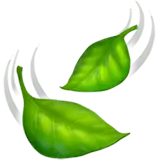 Other Uses
Other Uses- Anemone obtusiloba, also known as the Himalayan anemone, can be used in rock gardens due to its ability to thrive in rocky, alpine environments.
- The vibrant blooms of the Himalayan anemone are ideal for adding a pop of color to woodland garden settings where dappled sunlight mimics its natural habitat.
- Its decorative flowers make the Himalayan anemone a suitable choice for ornamental purposes in flower arrangements and bouquets.
- Dried seed heads of the Himalayan anemone can be used in crafts and dried flower arrangements for their unique aesthetic appeal.
- The plant can serve as an indicator species in horticulture, signaling specific soil conditions like acidity which it prefers.
- Gardeners may use Himalayan anemone as a natural border plant to define spaces within a garden due to its clumping growth habit.
- The Himalayan anemone can be used in butterfly gardens to attract pollinators such as bees and butterflies.
- Because of its resistance to many pests, Himalayan anemone can be planted to help protect more sensitive plants in a companion planting scheme.
- The plant's ability to spread makes it useful in erosion control on slopes or areas with loose soil.
- Its foliage provides ground cover and can be used to suppress weeds in a garden setting.
Interesting Facts
 Feng Shui
Feng ShuiThe Anemone is not used in Feng Shui practice.
 Zodiac Sign Compitability
Zodiac Sign CompitabilityThe Anemone is not used in astrology practice.
 Plant Symbolism
Plant Symbolism- Anticipation and Expectation: Anemones often symbolize anticipation and expectation, which harks back to ancient Greek mythology where the anemone flower sprung from the tears of Aphrodite as she mourned the death of Adonis.
- Fleeting Nature of Life: Since anemones frequently bloom for only a short period, they are a reminder of the fleeting nature of life and the preciousness of time.
- Protection Against Evil: In some cultures, it's believed that anemones can ward off evil spirits and ill luck, possibly originating from the ancient Egyptians who considered these flowers a shield against disease and pests.
- Forsaken Love: Anemones are also a symbol of forsaken love or a love that is fading away, as their delicate petals are quite ephemeral and can represent feelings that are no longer vibrant.
 Water
WaterHimalayan Blue Poppy prefers consistently moist but well-draining soil. Water the plant thoroughly when the top inch of the soil feels dry to the touch. During active growth periods in spring and summer, this may mean watering approximately once a week, providing around 1 gallon of water each time for a mature plant. Reduce watering frequency in the fall and winter when the plant is dormant. Ensure not to overwater, as waterlogging can lead to root rot.
 Light
LightHimalayan Blue Poppy thrives in a spot with bright, indirect light or partial shade. Avoid intense, direct sunlight, especially during the hottest part of the day, as it can scorch the leaves. Dappled sunlight found under the canopy of trees is ideal for this plant, replicating its natural woodland habitat.
 Temperature
TemperatureThe ideal temperature range for Himalayan Blue Poppy is between 50°F and 70°F for optimal growth. This plant can withstand minimum temperatures down to about 32°F but is not heat-tolerant and may struggle if exposed to temperatures over 80°F for extended periods.
 Pruning
PruningPrune Himalayan Blue Poppy to remove spent flowers and encourage bushier growth. Deadheading after blooms fade can promote more flowering. Perform a more thorough pruning to remove any dead or damaged foliage in late fall or early spring. Annual pruning helps maintain the plant's health and appearance.
 Cleaning
CleaningAs needed
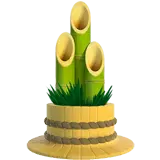 Soil
SoilHimalayan Blue Poppy thrives in moist but well-draining soil with a slightly acidic to neutral pH of about 6.0 to 7.0. A good mix would be equal parts of loam, peat moss, and perlite to ensure good drainage and aeration. Ensure consistent moisture without waterlogging the soil.
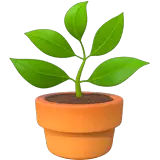 Repotting
RepottingHimalayan Blue Poppy does not require frequent repotting and can be done every 2-3 years or when the plant seems root-bound. It's best repotted in spring before the onset of the growing season to minimize stress on the plant.
 Humidity & Misting
Humidity & MistingHimalayan Blue Poppy prefers moderate to high humidity levels but is adaptable. It thrives best in an environment with around 60-70% humidity, mimicking its native Himalayan habitat's conditions.
 Suitable locations
Suitable locationsIndoor
Provide bright, indirect light and keep soil moist.
Outdoor
Plant in dappled shade with moist, well-draining soil.
Hardiness zone
3-8 USDA
 Life cycle
Life cycleAnemone obtusiloba, commonly known as the blunt-lobed anemone, begins its life as a seed, which germinates in moist, well-drained soil, preferably in partial to full shade. Upon germination, it develops a root system and a rosette of leaves close to the ground in preparation for photosynthesis. The plant then grows a stem and produces more leaves, entering a vegetative growth phase. After a period of growth, which can vary from one year to several depending on environmental conditions, the anemone begins its reproductive phase and blooms, featuring attractive blue, purple, or sometimes white flowers. After pollination, which is often aided by insects, the flowers develop into fruiting heads containing numerous seeds. Once the seeds are dispersed, usually by wind or animal activity, the parent plant may die back, especially in colder regions, with the seeds lying dormant until the next favorable growth season.
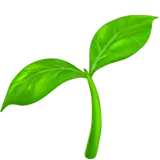 Propogation
PropogationPropogation time
Spring to summer
The most popular method of propagating the Himalayan anemone, Anemone obtusiloba, is through division. This is typically done in the spring, as the plant emerges from dormancy, or in the autumn once the flowering period is over. To propagate by division, carefully lift the clump of the plant from the ground using a garden fork, being mindful not to damage the roots. Gently tease the clumps apart into smaller sections, each with several shoots and a portion of the root system. These sections can then be replanted in well-drained soil, spaced about 12 inches (approximately 30 centimeters) apart to allow for growth. Water the new plantings thoroughly to help establish them. This method allows for a relatively quick and easy way to create new plants that will be true to the parent in form and flower.
